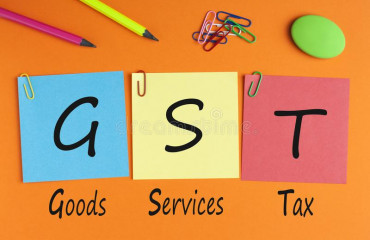
New Delhi: The structural changes taking place in the gaming industry are likely to have a significant impact on the advertising world by the end of FY24. Ad spends in India are expected to grow at a slower pace of 6%, down from 12% in the previous year, by the close of the year touching $16-17 billion. A decline in consumer spending over the past five to six quarters has reduced private equity and venture capital funding for various sectors. There has also been the drastic impact of the implementation of 28% GST on online gaming, according to a new report from RedSeer.
New Delhi: The structural changes taking place in the gaming industry are likely to have a significant impact on the advertising world by the end of FY24. Ad spends in India are expected to grow at a slower pace of 6%, down from 12% in the previous year, by the close of the year touching $16-17 billion. A decline in consumer spending over the past five to six quarters has reduced private equity and venture capital funding for various sectors. There has also been the drastic impact of the implementation of 28% GST on online gaming, according to a new report from RedSeer.
However, the report 'Breaking barriers: Rise of challenger platforms in the digital advertising landscape' also identifies some positive trends. The e-commerce sector is the only one expected to see a significant increase in advertisement expenditure (adex), estimated at 15% in FY24. The other sectors that spent on adex were consumer durables, and travel and hospitality. Others like gaming dropped considerably, so did education as a category. Additionally, advertisers are expected to increasingly turn to alternative platforms like retail media and content platforms for their high conversion potential and wider reach. E-commerce, travel and hospitality, and consumer durables will increase adex because they will attempt to retain customers through advertisements.
The advertising industry is facing near-term challenges and has had to significantly transform itself to keep pace with the rise of new platforms, evolving consumer trends, and technological advancements.
The report predicts a rebound in consumption only by 2029, leading to a projected advertising spend growth of 9-10% CAGR over this four to five year period. Digital advertising is expected to outperform the overall market, growing at 11-12% and capturing a larger share of the advertising pie. Digital advertising accounts for 55% of total spends in FY24. Overall, internet users will grow to 800 million over the next two years, surpassing television viewership by then. This demographic is spending almost a third of their waking hours on internet and that presents a huge opportunity.
In FY23, retail-led sectors like consumer goods, retail, e-commerce, electronics as well as automobile accounted for 60% of the digital ad spends. Whereas content and service sectors accounted for 27% of the advertorial spend in the $8.2–8.7 billion market. But this year, the consumer sector will have greater spends from digital first brands, and legacy brands which will continue to make a digital pivot.
Several key trends are also expected to shape the advertising landscape in the next two years. For instance, using influencers will become more cost effective while performance advertisements will see faster growth. There will also be more money spent on tier 2 and 3 area users. These include the rapid growth of influencer marketing, an increased focus on reaching audiences in smaller towns and cities, the acceleration of performance advertising supported by analytics tools, the further maturation of programmatic buying with a focus on contextual targeting, and the integration of artificial intelligence powered by generative models (GenAI) across the advertising value chain.
Programmatic buying refers to higher focus on contextual advertising or relevant ads based on consumption preferences given by users based on cookies.
